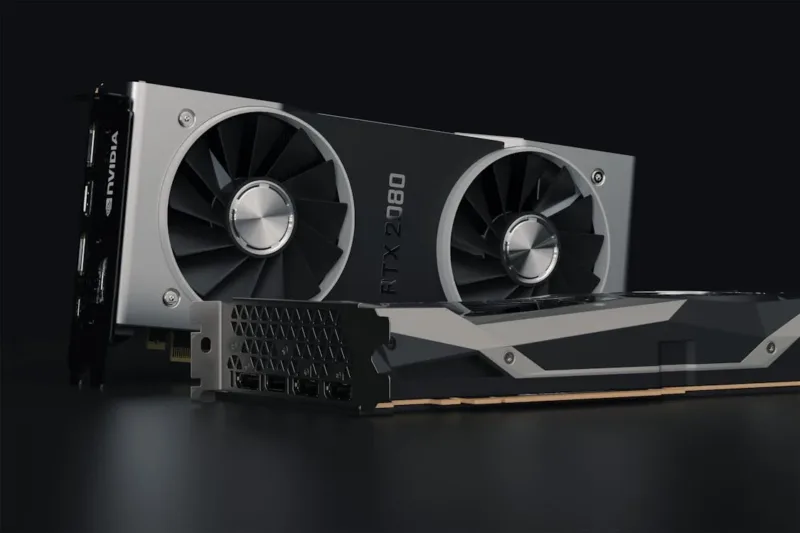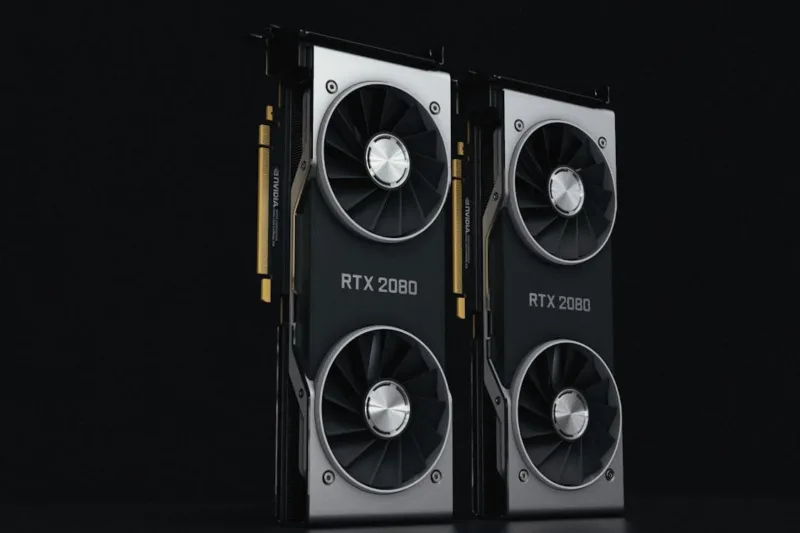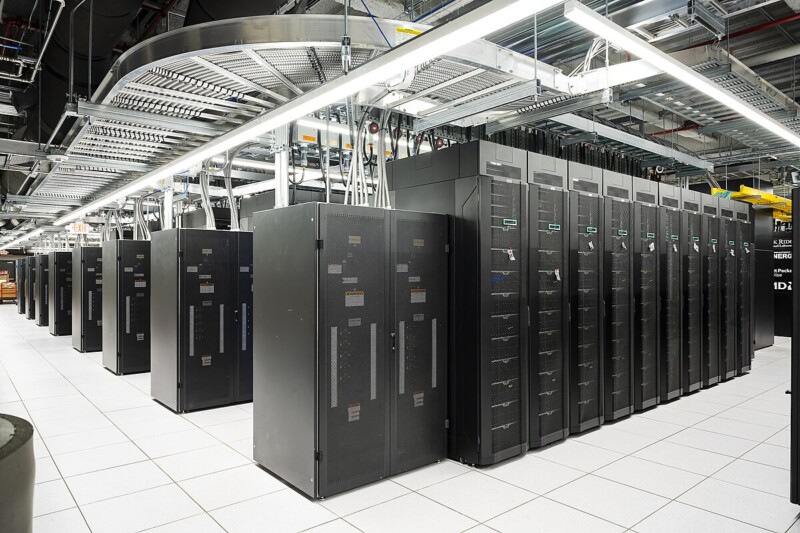
With the increasing demand for high-performance computing in areas such as AI, machine learning, and graphics rendering, the rental of GPUs has emerged as a lucrative niche. Individuals and companies who own powerful GPUs can offer their spare computational resources to those in need, effectively transforming idle hardware into an income stream. In doing so, they contribute to a decentralized model of computing power supply, often more cost-effective than traditional cloud services.
Earning through GPU rentals involves making one’s GPUs available to others for various tasks, such as deep learning training or 3D modeling, which are both data and resource-intensive. Renters typically look for robust performance, security, and the flexibility to scale their usage based on project demands. Benefits include the ability to monetize high-end GPUs when they’re not in use, while renters gain access to cutting-edge hardware without the upfront cost of ownership.
Critical to this ecosystem is the assurance of secure transactions and the reliability of the GPU’s performance. A provider must maintain a certain standard of service, ensuring consistent availability and minimizing downtime, be it from technical failures or power outages. Providers who can offer high bandwidth, substantial storage capabilities, and strong performance stand to gain the most, as the nature of workloads has evolved to require faster and more expansive data throughput.

GPU rental refers to the practice of renting Graphics Processing Units (GPUs) from a cloud provider or a decentralized compute marketplace. This service enables individuals and businesses to access powerful GPU resources without the upfront cost of purchasing the hardware. It is a cost-effective solution for a range of applications, from machine learning and development to production and deployment.
GPU Cloud is a collective term for cloud-based services that offer remote access to GPUs housed in data centers. These GPUs are typically high-performance and capable of handling compute-intensive tasks required in software development, particularly in the fields of machine learning and AI. Providers such as Vast.ai operate on a decentralized compute marketplace model, using a peer-to-peer network of GPU owners to offer compute power at scale. Users can deploy their applications in containers, leveraging technologies like Docker to ensure seamless development and deployment across platforms.
Market Insights and Trends
The GPU rental market is emerging as a significant component in the broader cloud computing landscape. As cloud providers such as Amazon Web Services, Google Cloud, and Microsoft Azure are offering GPUs for rent, they’ve become more accessible to a wider range of customers. Rental costs are currently competitive, with projections indicating a potential decrease in price over the next few years, making GPUs even more accessible. There is a growing trend of individuals seeking to monetize their GPU hardware by offering it on these platforms. This is creating a decentralized compute ecosystem, diversifying the availability of GPU resources beyond the traditional server farms and opening up new opportunities for investment and development at scale.
See Related: Computer Money Making: Expert Strategies for Profitable Online Ventures

Renting out one’s GPU involves setting up the necessary hardware and joining a platform that facilitates the transaction between the GPU owner and the renters seeking computational power.
To prepare one’s GPU for rental, an individual must ensure their hardware meets certain criteria. Primarily, potential renters are often looking for high-performance GPUs such as the Nvidia A100 80GB or V100, known for their efficiency in data processing and deep learning tasks. The system should have a compatible CPU, ample RAM, and sufficient vCPUs to support the workload.
An owner must usually decide between using a graphical user interface (GUI) or a command-line interface (CLI) for system management. Some platforms require containers for computational tasks, with Docker being a standard for image deployment in the Docker ecosystem.
To make one’s GPU available for rent, the individual must join a computing marketplace. This platform acts as an intermediary, connecting those with available computational resources to users in need. Important marketplace considerations include:
A successful GPU rental strategy often includes:
The owner should be aware of the potential financial return against the initial investment and operational costs. It is essential to maintain realistic expectations regarding earnings, factoring in the inevitable hardware depreciation over time.

Calculating potential earnings from GPU rental involves understanding revenue projections and the intricacies of different pricing models. Investors should consider the relationship between these factors and overall profitability.
Revenue from GPU rentals is directly linked to the hardware’s performance and the demand in the market. A high-end GPU like the Nvidia RTX 4090 could generate approximately 0.00003700 BTC per day, which can be affected by fluctuations in cryptocurrency prices and network status. Profitability further hinges on electricity costs and the hash rate of the GPU, which measures its ability to solve cryptographic problems.
Calculating profitability requires a detailed investment analysis:
GPU rental enterprises often offer various pricing models to accommodate diverse client needs.
Additionally, investors need to consider pricing dynamics, such as on-demand rentals, which offer GPUs for shorter periods, and compare them with long-term leases that might include discounts. Implementing strategic schedules that align with spot auction-based pricing can maximize profitability for investors and ensure they get the most value from their rental agreements.
See Related: These Are Untapped Niche Markets to Reach a New Audience

In the landscape of GPU rental, operators face challenges including fluctuating demand, equipment depreciation, and threats to data security. They must carefully assess these risk factors and employ comprehensive strategies to safeguard their assets and earnings.
Downtime can significantly impact the profitability of GPU rentals. It is typically caused by hardware failure, maintenance, or software issues. Specific hardware specs affect the risk of downtime; high-performance equipment with robust specifications can provide more reliable service and reduce potential income loss. Depreciation of hardware over time also contributes to economic risk, as the value of the GPUs decreases with new market entries and advancing technology.
In terms of security risks, data centers must enforce a high-security level to prevent breaches. A secure setup involves comprehensive automatic management systems that monitor and protect against intrusions. Case studies have shown that without adequate security measures, the integrity of renters’ projects can be compromised, leading to loss of revenue and reputation.
To minimize downtime, effective strategies include:
For mitigating security concerns, it is crucial to:
Investment analysis must account for both depreciation and the ongoing costs related to maintaining data center operations and security levels. By proactively addressing these challenges, the return on investment for GPU rental businesses can be optimized, ensuring a more stable market position.

The GPU rental market is poised for growth with emerging technologies and their application in fields like AI and deep learning. Efficiency and cost-effectiveness remain central to this market as businesses scale up their operations without the added pressure of owning hardware.
The expansion of GPU rentals correlates directly with the advancements in AI applications and deep learning. As these fields develop, the need for powerful, multi-GPU systems increases. Deep learning models are becoming more complex, requiring extensive computational resources to train and deploy.
GPU rentals enable businesses to scale up their computational capacity for a variable time, helping them manage production demands and developmental phases without substantial capital investment. This flexible approach is crucial when testing new applications or handling peak processing times.
With the ongoing development of technology and AI, the GPU cloud market is expected to maintain an upward trajectory, supported by the need to efficiently train, develop, and deploy AI models at scale.
Related Resources:
Last updated: April 8, 2024